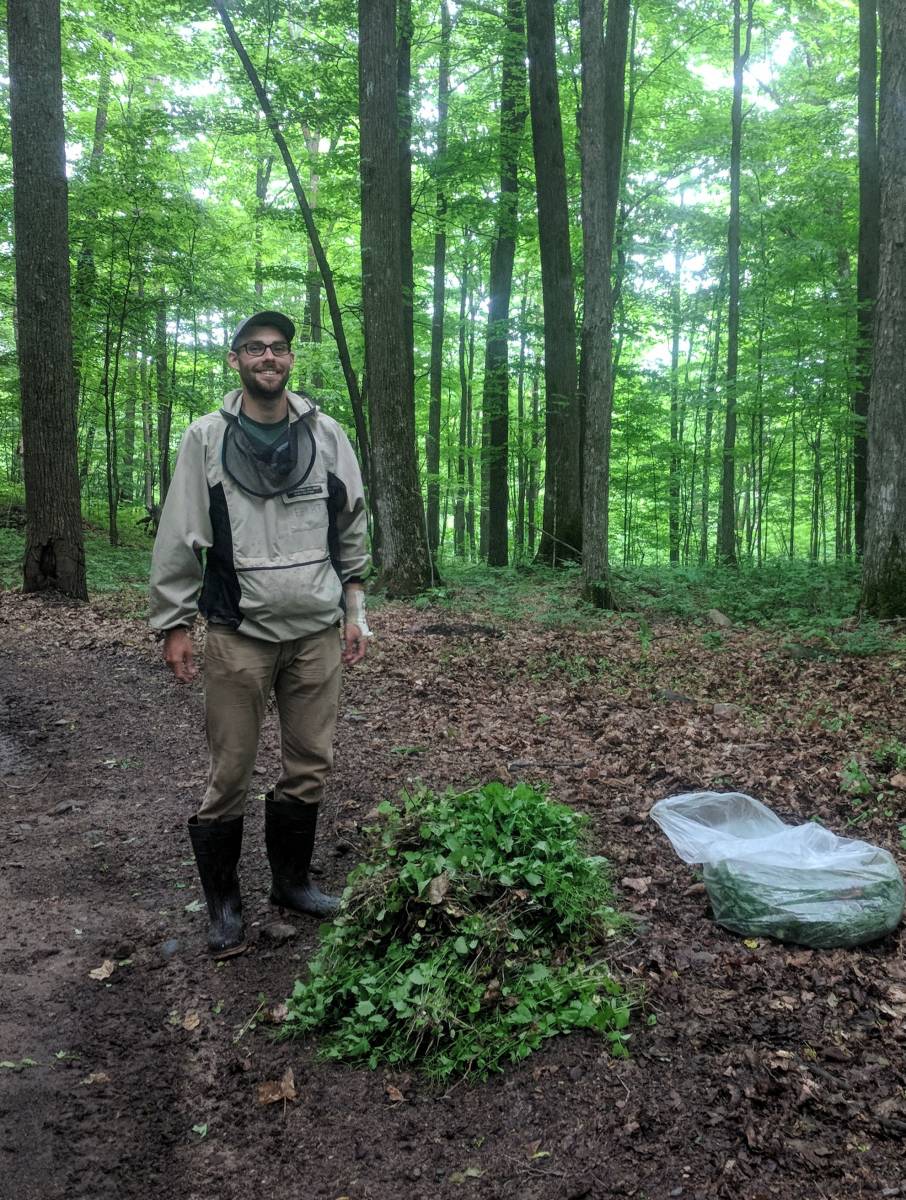Hello Clam Lake!
After the storms settled down and the power came back on to stay we headed into a pleasant week with some sunny skies and milder temps. Our rainfall seems to come in heavy spurts which are quickly followed by a return to dry conditions. We definitely could use more rain. Hard to believe July is in the rear view mirror already, isn’t it? Am sure our visitors from other areas will continue to take advantage of the beauty of our forest as we head into our last month of the summer season. It’s been great seeing all of them again both old and new. Making their stay in the northwoods enjoyable is what we do!
ST. GEORGE’S CHAPEL: Mass is celebrated every Saturday at 6:00 pm at our historic “Chapel in the Woods”. Come pray with us and take a step back in time to a simpler era in our log cabin chapel made from the forest that surrounds it.
MEETING REMINDER: The Clam Lake Community Club will hold their monthly meeting and Pot Luck on Thursday, August 12th beginning at 5:00 pm. This month’s meeting will feature a “History Night” with items pertaining to Clam Lake’s history on display. Hope to see you there!
FOREST INVASION: I had a chance to speak with Forest Botanist, Steven Spickerman, about him and his team’s work combating non-native invasive plant species that are trying to take over areas of our forest. These troublesome plants come to our area any way they can – often riding along on ATV tires or even walking shoes. Once here. they proceed to readily invade and dominate undisturbed natural areas, such as forest land. As they spread they prevent other plants and sometimes even trees from growing. Some can be harmful to humans and livestock, such as the wild parsnip which causes a blistery rash on people and leafy spurte which can congregate in farmer’s fields. If the spurte is harvested along with other crops and fed to cattle they can get sick. At present, Steven has two assistants, that try to weed one million acres of forest. This is a big job and one we, as residents and users of the forest, can help with. Although one can find invasive plants almost anywhere, the spots where the most are found are ones that people use; campgrounds, trailheads (including ATV/UTV, hiking and mountain bike trails), boat landings and native surface woods roads. The plants that are considered the most problematic include garlic mustard (so named due to it’s garlic odor), glossy buckthorn, and honeysuckle (although there are many more). Steven said there are sites containing garlic mustard that they have been working on eradicating for 20 years! Users of the forest can help this work by making sure to wash off ATV/UTVs before and after use. Hikers can also help by cleansing boots or shoes after a trip through the woods. When in problem areas people are encouraged to look for plants and email Steven at steven.spickerman@usda.gov if sighted. One can also carry a bag along to uproot plants, if seen. These should be disposed of in waste containers. Together we can stop the spread and help those that are working hard to make sure our wonderful land stays wonderful for all to enjoy for many years to come. Our thanks go out to them! Again, for any additional information on what to look for contact Steven or visit the Wisconsin DNR website for a list of species and photos.
Until next week….
Pictured is Grant Ebert weeding garlic mustard along the Dead Horse Trail. Grant is a Forestry Technician working out of the Glidden office.



